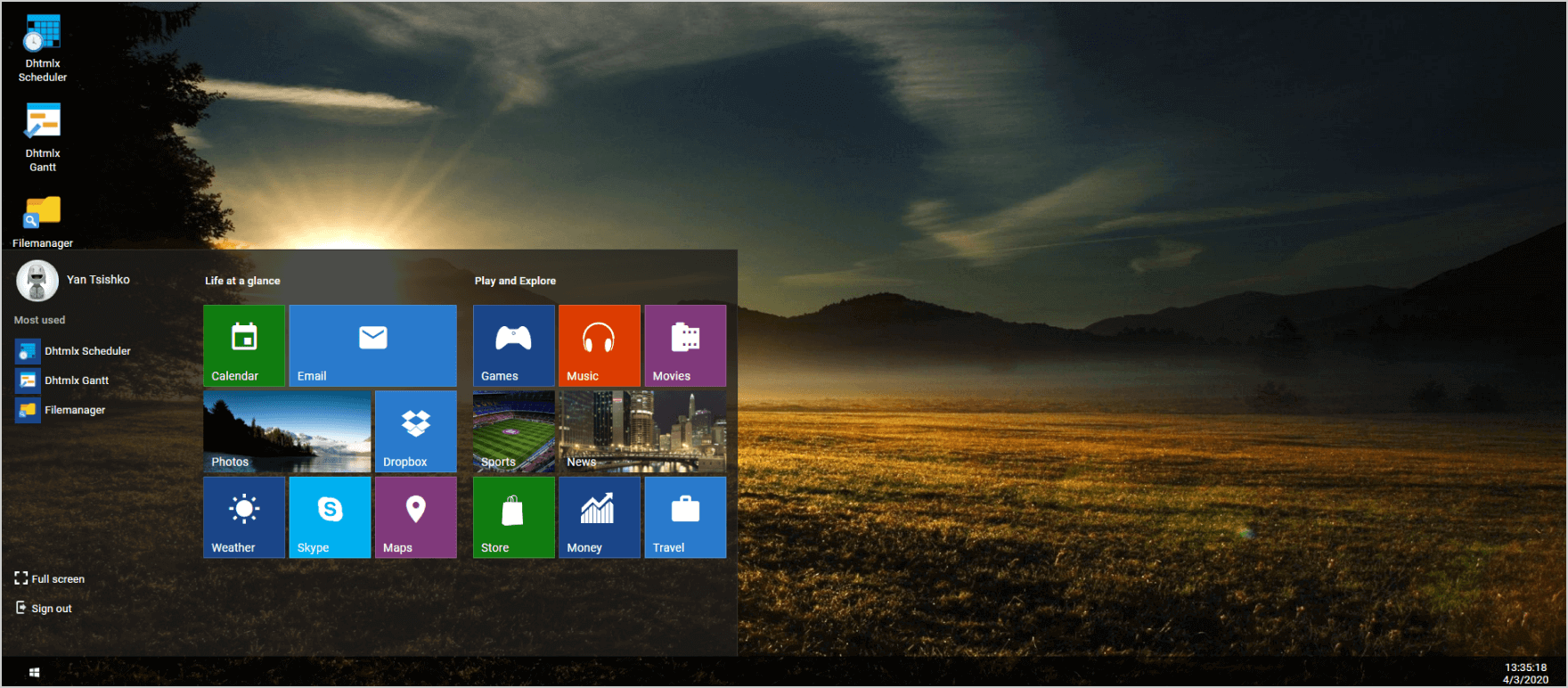

NET Framework you are attempting to roll back to if it is something other than. This may mean using different offline/web installers or looking for different names in Windows Update based on the version of. NET Framework you need to roll back to and update the steps below accordingly. NET Framework 4.7, then please refer to the Exchange Supportability Matrix to validate what version of. NET Framework other than 4.6.2 or an older version of Exchange prior to the upgrade of. NET Framework 4.7 at the time this article was drafted. NET Framework 4.6.2 prior to the upgrade to. Note: These instructions assume you are running the latest Exchange 2016 Cumulative Update or the latest Exchange 2013 Cumulative Update as well as.
/i.s3.glbimg.com/v1/AUTH_08fbf48bc0524877943fe86e43087e7a/internal_photos/bs/2017/O/V/skPxBOTVOiTvAY1aijhA/captura-de-tela-2017-05-22-as-15.26.45.jpg)
NET Framework 4.7 was already installed, we recommend you back to. Information on how this block can be accomplished can be found in article 4024204, How to temporarily block the installation of the. NET Framework 4.7, but in the meantime, please delay this particular. NET team to ensure that Exchange customers have a smooth transition to. NET Framework 4.7 is supported with Exchange Server.

We will be sure to release additional information and update the Exchange supportability matrix when. NET Framework 4.7, but the work is not yet complete. We are in the process of validating Exchange Server on the. NET Framework 4.7 to Windows Update for client and server operating systems it supports. We wanted to post a quick note to call out that our friends in. Net Framework 4.7 has shipped and that we are still validating this release with Exchange Server.


 0 kommentar(er)
0 kommentar(er)
